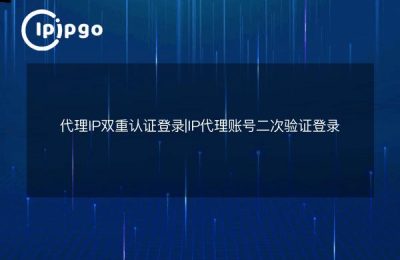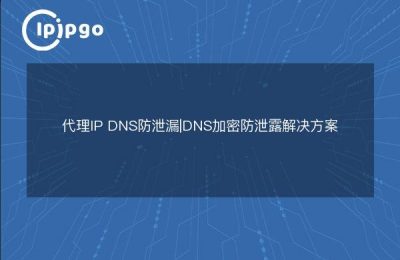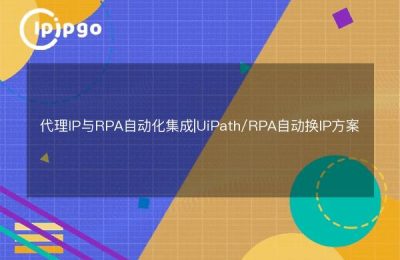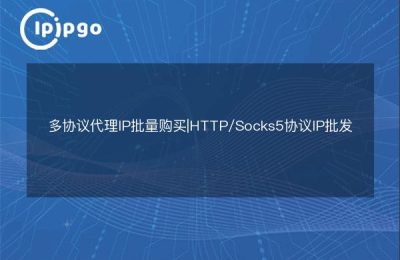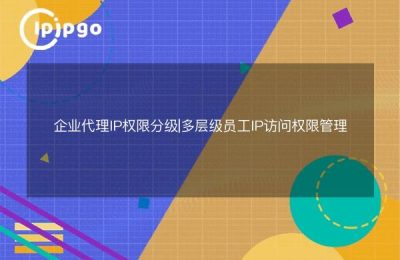
Why is it necessary to do a proxy IP speed test?
The most immediate trouble many users have with proxy IPs is that the"I'm so stuck I can't use it even though I'm connected."Proxy IP. Unlike ordinary network connection, proxy IP needs to be relayed by servers, and the actual use will be affected by three key factors: physical distance, carrier lines, and node load. For example, when connecting to a U.S. node, the latency of a direct connection from Beijing to Seattle may be around 180ms, while it may be compressed to 120ms through a high-quality transit node - this is the core value of the speed test.
Hands-on with 3 methods of speed measurement
We recommend the use ofstepwise testing methodVerify proxy IP quality:
| testing phase | Tool Recommendations | Key indicators |
|---|---|---|
| Basic Speed Measurement | SpeedTest Web Version | Download speed, latency fluctuations |
| link tracing | WinMTR/PingPlotter | Routing hops, packet loss nodes |
| actual scenario | Custom Scripted Recurring Requests | Continuous Response Time |
Using ipipgo's Japanese dynamic residential IPs as an example, SpeedTest can quickly verify that the underlying bandwidth is up to standard. Key ObservationsDownload speed stabilityInstead of peak speeds, nodes with speed fluctuations of less than 20% in 10 consecutive tests are suitable for long-term use.
Hidden Tips for Global Node Speed Testing
There is a common misconception when testing European nodes:Physical distance ≠ network distanceWe have measured the latency of ipipgo's Frankfurt, Germany node (9200km physical distance) from Shanghai at only 148ms. We have measured the latency of ipipgo's Frankfurt, Germany node (physical distance 9200km) from Shanghai is only 148ms, while connecting to Turkey node (6800km), which is closer geographically, has a latency of 210ms. This is due to the fact that Frankfurt, as a European network hub, has better international egress bandwidth.
It is recommended to adoptBackbone Network MapSelect the test node:
- North America Priority Testing Chicago, Los Angeles
- Europe Select Frankfurt, London
- Asian focus on Seoul, Singapore
These hub nodes typically have a more consistent quality of cross-border connectivity.
Guide to Interpreting Real-Time Speed Reports
There are three core metrics to look at when you get speed measurement data:
- Median delay:: Response time for 50% requests
- Packet Loss Threshold: Consider switching nodes if over 2%
- Velocity Decay Curve: Percentage reduction in a test lasting 30 minutes
ipipgo's intelligent monitoring system will label real-timePrime Time Speed(e.g., weekday mornings in North America),peak congestion period(8-10 p.m. worldwide) to help users avoid network spikes.
Frequently Asked Questions QA
Q: It's fast in testing, but slow in actual use?
A: This may be due to the fact that a short connection is used for testing, while the actual business requires a long connection. It is recommended to usecurl -o /dev/nullcommand performs a file download test that lasts 10 minutes.
Q: How to test the real speed of nodes in niche areas?
A: For regions such as South America and Africa, it is recommended to use ipipgo'sRegional Speed GatewayFunction. The service automatically selects premium ingresses from neighboring backbones, e.g., South African nodes are prioritized for access through the Marseille (France) gateway.
Q: The speed of different nodes in the same country varies a lot?
A: This is normal. Taking the US as an example, ipipgo's node in Texas is more suitable for Latin American users, while the node in Washington State is more friendly to Asian users. It is recommended to createNodal Speed Comparison Table, recording the response time of different city nodes.

